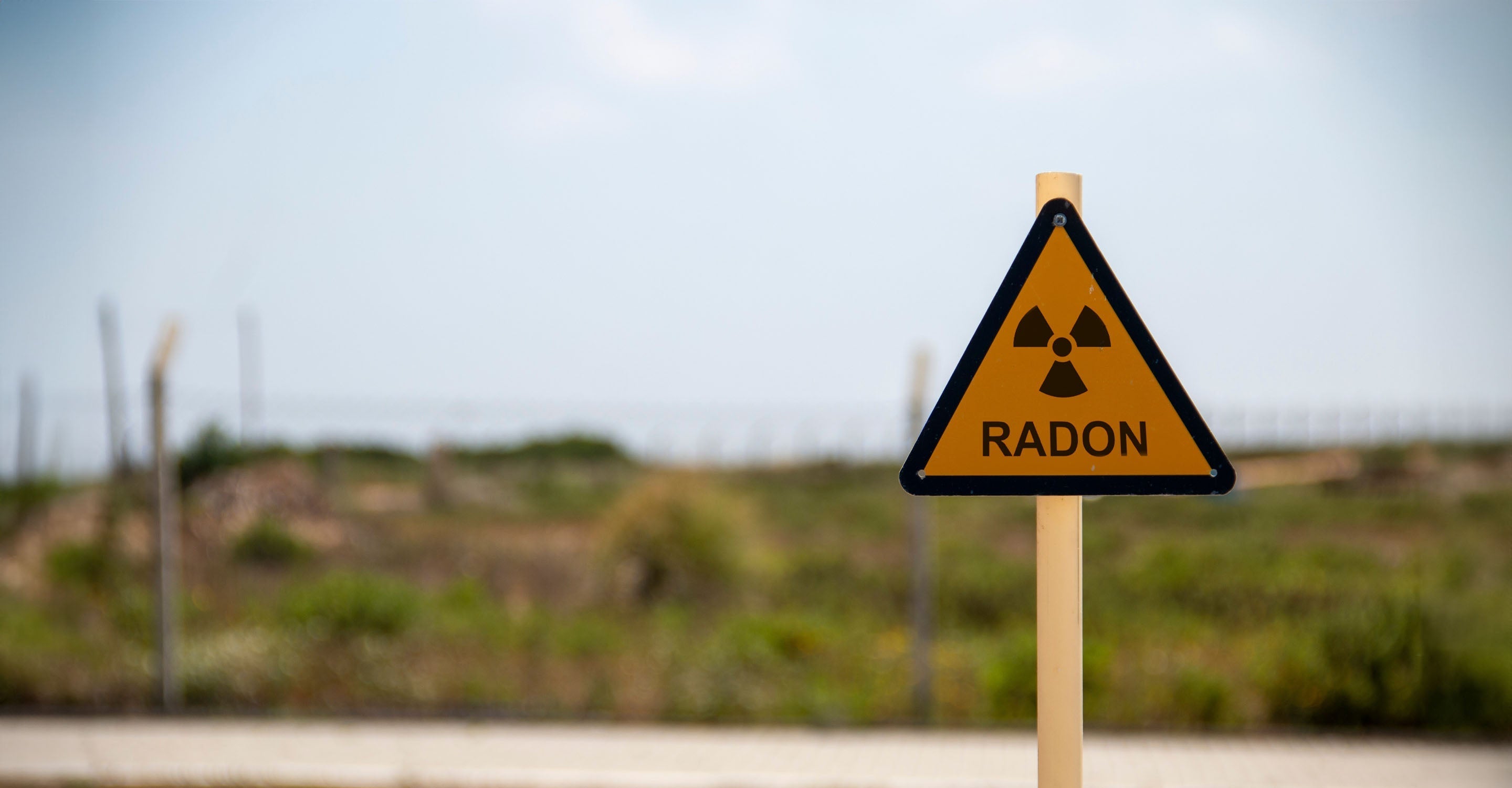Shenzhen air quality map
Live air pollution map of Shenzhen
382.7K people follow this city
Full screen
Stations
13
Contributors category
1
Government
Most polluted air quality stations
| # | station | US AQI |
|---|---|---|
| 1 | Meisha | 49 |
| 2 | Nan'ao | 47 |
| 3 | Kuiyong | 46 |
| 4 | Honghu | 43 |
| 5 | Nanhai Substation | 42 |
| 6 | Yantian | 42 |
| 7 | Tongxinling Substation | 40 |
| 8 | lotus | 40 |
| 9 | Longgang | 39 |
| 10 | Overseas Chinese Town | 38 |
Become a contributor
Get an AirVisual Outdoor and contribute to collecting millions of data points for the Shenzhen map to track local air pollution
Understand air pollution and protect yourself
Shenzhen MAP AIR QUALITY ANALYSIS AND STATISTICS
What information is generally available on the air pollution map for Shenzhen?
The air pollution map for Shenzhen is readily accessible from the main city page. The map is often found towards the top of the page, and once it is chosen, then a new page will open dedicated to all things regarding air quality in the city and its environs.
The viewer will most likely be met with a map in varying shades of green with pale green discs dotted across the page and perhaps one or two discs of other colours. The meaning of the various colours is explained in the legend at the foot of the page. The colours range from pale green which signifies “Good” quality air, to dark maroon which indicates air that could be “Hazardous” to health.
Each disc carries a number which is the US AQI reading which represents air quality. The lower the number, the better the air quality is. This number is calculated by measuring the levels of up to six of the most prolific pollutants found in the air. It is endorsed by the World Health Organisation (WHO) and used as a metric when comparing air quality in different cities from all over the world.
Briefly looking back at the main city page, it can be seen that the air quality in August 2022 was “Good” with a US AQI reading of 15. The level of PM2.5 was measured at just 3 µg/m³ which is within the target range of 5 µg/m³ as suggested by the WHO.
Is any other information available on the air quality map for Shenzhen?
When studied in more detail, the air pollution map for Shenzhen reveals four options which appear on the left-hand side of the page. These can be turned on or off, as desired.
The first option shows the location of all the ground-level air monitoring stations that provide data regarding air quality. As previously stated, they are shown as coloured discs, each showing the US AQI reading. If they appear to be superimposed on each other, they will soon separate once the map is expanded.
The second choice will show the position of any fires that are burning in the vicinity of the city. This is particularly useful when used with option four which shows the direction of the prevailing winds. Together they will give a good indication as to whether the city will be affected by the ensuing smoke, or not.
The third option is perhaps the most intriguing as it can change the entire colour of the map. The colour used reflects the overall quality of the air. Currently, it is green which indicates a “Good” quality. Some viewers may find the colour a little confusing so by turning it off, the map will revert to a more recognisable format.
Across on the far side of the page will be seen a table showing the ranking of cities throughout the world according to their air quality. Some cities listed there may be a surprise as they are not normally thought of as being a dirty city.
Scrolling further down the page shows the number of stations which provide the air quality data for the city and its surroundings. As of August 2022, there were 13 stations which were all operated and supplied by the government.
Are areas of higher pollution shown on the air quality map for Shenzhen?
The areas of higher pollution can be identified by looking at the table which ranks all the stations according to their air quality readings. The colour of the discs and the numbers they display will also show areas of high pollution.
In August 2022, the dirtiest part of the city was around the Kuiyong station. Even so, the US AQI reading was 45 which indicated “Good” quality air. Following on from this table can be found another which ranks the stations according to the number of followers they each have. The most followed one is “Overseas Chinese Town” with over 37,000 followers. These followers will receive a message if any major changes are about to take place.
Are the sources of air pollution shown on the air quality map for Shenzhen?
The source of the polluted air in Shenzhen is not shown on the air pollution map. As with most major cities, most of the polluted air is generated from the motor transportation system. The results of a recent study show that "motor vehicles, industrial production, coal combustion, and fugitive dust are the main pollution sources of particulate matter in the ambient air of most cities, accounting for about 85 % to 90 %.
The Shenzhen Municipal Commission of Human Settlements and Environment notified the research results of the sources of PM2.5 in Shenzhen's atmosphere. The results show that motor vehicle exhaust emissions are the main source, accounting for 41 per cent of the local PM2.5 emission sources in Shenzhen. Among them, diesel trucks are the primary source of pollution among motor vehicles.
PM2.5 is often seen on the air pollution map for Shenzhen, but what is it?
PM2.5 refers to particulate matter in the atmosphere with a diameter of less than or equal to 2.5 microns, also known as particulate matter that can enter the lungs. Its diameter is less than 1/20 the thickness of a human hair. Although PM2.5 is only a very small component in the composition of the earth's atmosphere, it has important effects on air quality and visibility.
Compared with coarser atmospheric particles, PM2.5 has a smaller particle size, is rich in a large number of toxic and harmful substances, and has a long residence time in the atmosphere and a long transportation distance, so it has a greater impact on human health and the quality of the atmospheric environment.
According to the World Health Organisation, PM10 and PM2.5 have more impact on human health than any other pollutants. Long-term exposure will increase the incidence of respiratory diseases and cardiovascular diseases. Since PM is very small, it may reach the bronchiolar wall after inhalation, which has a particular impact on lung health. Even in EU countries, the PM2.5 produced by human activities has caused the average life expectancy to decrease by 8.6 months.









